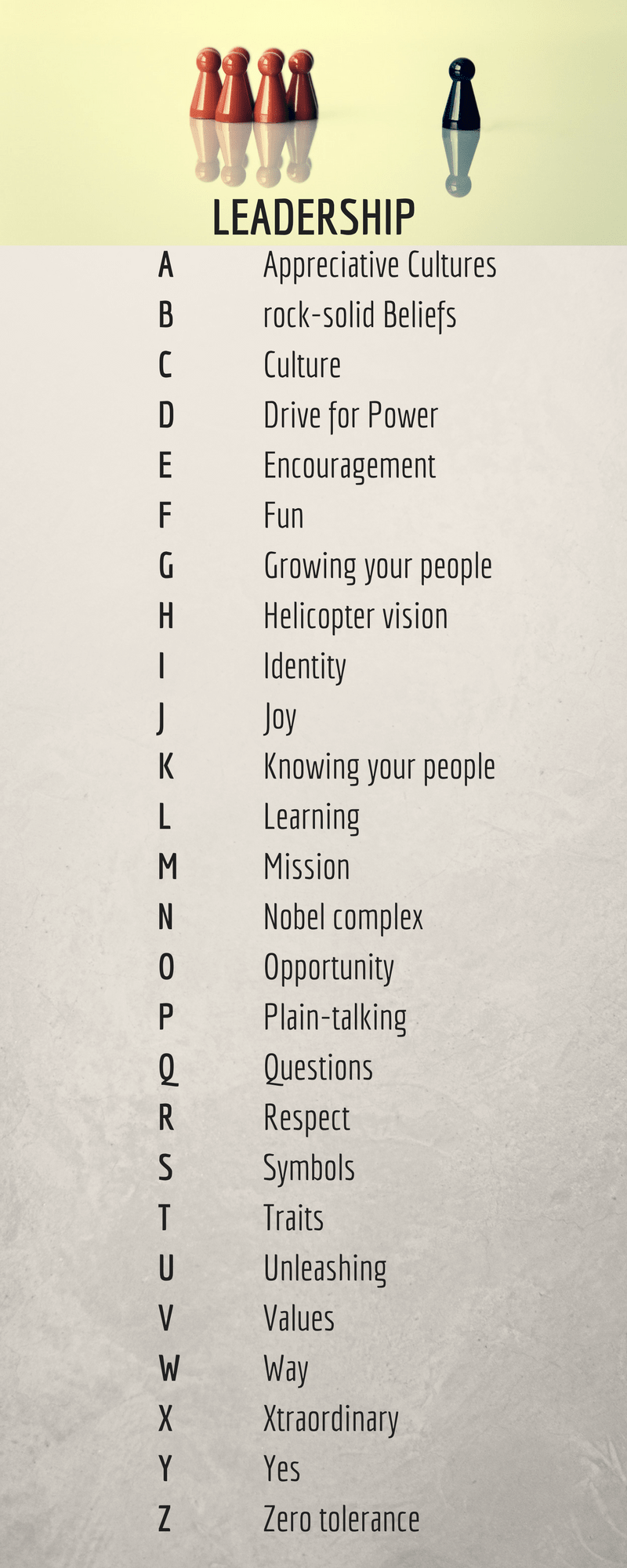We all have our own approach in how we view or look at leadership and what makes a leader. It can depend on your environment, the type of industry you are in or even your own personal life. But what makes a great leader is the attitude to see results and lead by example as well as getting the job done.
“As we look ahead into the next century, leaders will be those who empower others.” – Bill Gates
So what makes a great leader?
We must believe in what we are doing and have faith that are able to achieve it. This does not necessarily mean that you’re going to do all the work, but you learn to delegate or lead by example in order for a task to be complete.
A leader is used to make hard choices and to take the initiative to say yes, or no, to a problem or solution. It’s very easy to get swept along with the tide in busy business environments or to get into a routine that doesn’t allow for improvement. However leadership really is a mindset that is in action. A leader doesn’t need a title, they believe in what they are doing and they act on that, taking initiative to see something through to completion. The title is not given, it’s earned.
“The only definition of a leader is someone who has followers.” – Peter Drucker
If you want to make the move from managing to leading, from being a professional to being an inspirer, from being one of the team to being a leader of the team, you need to know the ABC of Superlative Leadership.
Take a read of the Leadership ABC’s:

Let’s take a look at these in more details:
A is for Appreciative Cultures, the end result of a leader’s work, when the culture he or she fosters becomes an appreciative value of the company.
B is for rock-solid Belief that your team can move mountains.
C is for Culture, which is the way people behave when you’re not looking.
D is for the Drive for Power that makes you want to lead.
E is for Encouragement, like sun after the rain.
F is for Fun, an indication that the right work is happening.
G is for Growing your people and believing that they can achieve their goals. Putting them first.
H is for Helicopter vision, because you need to see in three time zones: the near, the middle and the far.
I is for leader Identity, the ability to be comfortable in your own shoes.
J is for Joy because leaders rejoice in their own blessings as well as the successes of their team.
K is for Knowing your people, not just by name and number, but by strength and weakness, character and spirit, skills and potential, what makes them sigh and what makes them soar.
L is for Learning, because learning is change and learning is growth.
M is for Mission which leaders live as well as dream and portray.
N is for the Nobel complex, the belief that everything your people do is worthy of a Nobel prize.
O is for Opportunity. Take hold of everything you can in order to see results.
P is for Plain-talking because leaders need to be understood.
Q is for Questions, such as “What do you need me to do?” and “How can I help you work better?” and “What should I be doing?”
R is for Respect, the touchstone of every relationship a leader has.
S is for Symbols, the language of leadership.
T is for the Traits of courage and determination, patience and perseverance.
U is for Unleashing what’s there, allowing team members to express themselves and explore new ideas.
V is for Values, the guiding principles of the team, or “the Walkmans of the mind”.
W is for the Way, the Chinese “tao”, the route that leaders take and others follow.
X is for Xtraordinary because leaders get ordinary people to do extraordinary things.
Y is for Yes, because there is always a plus to be found even in the worst situation and the toughest setback.
Z is for Zero tolerance of failure, sub-performance and giving up.
Learn these simple principles and there are no limits to where you can lead your team.
Can you add to these points? Do you have your own A,B,C of leadership that you apply to your way of working? Please comment below and share.



